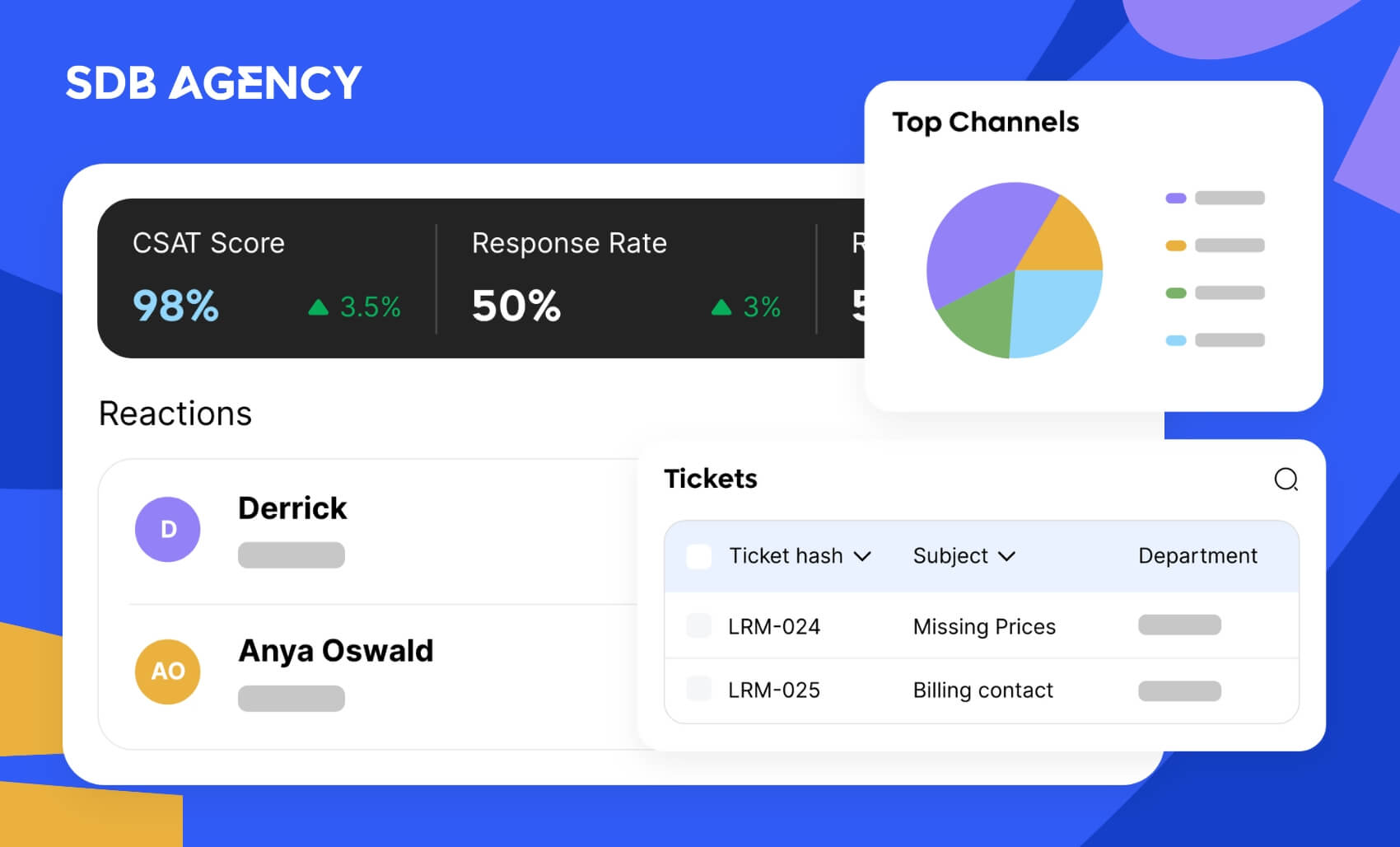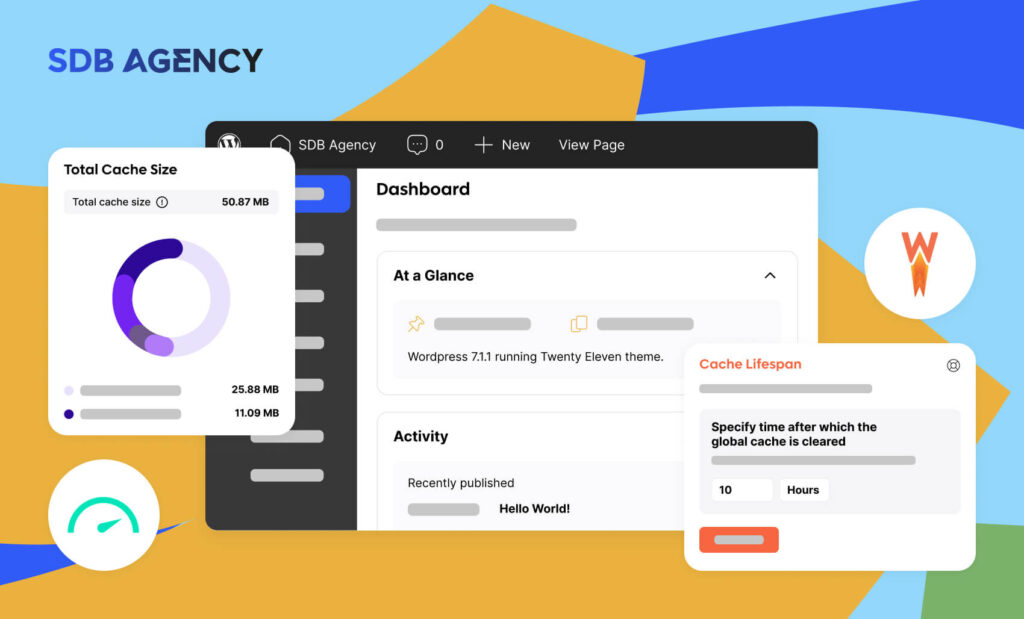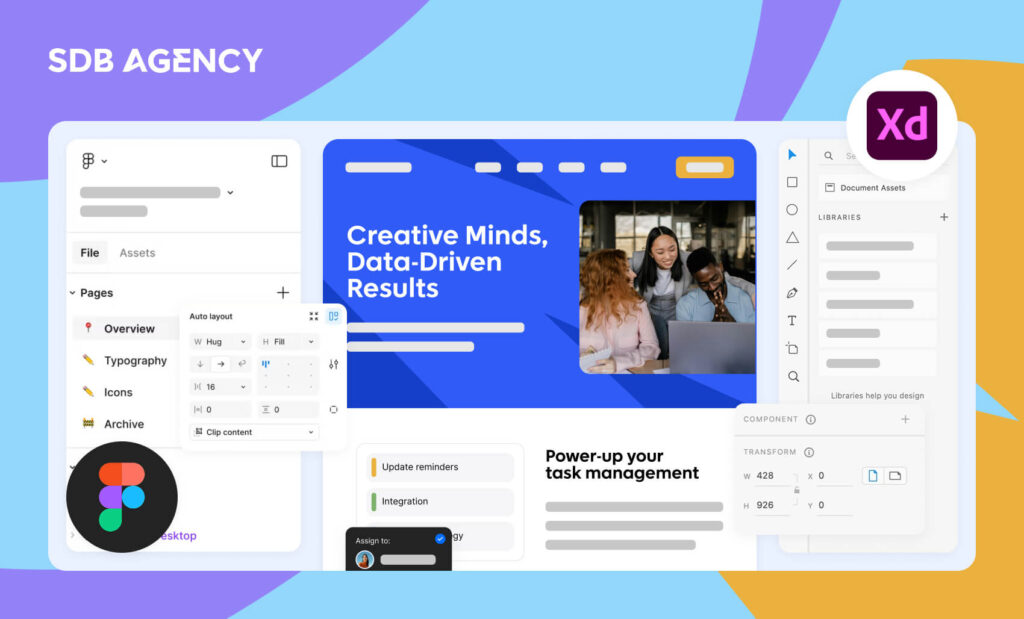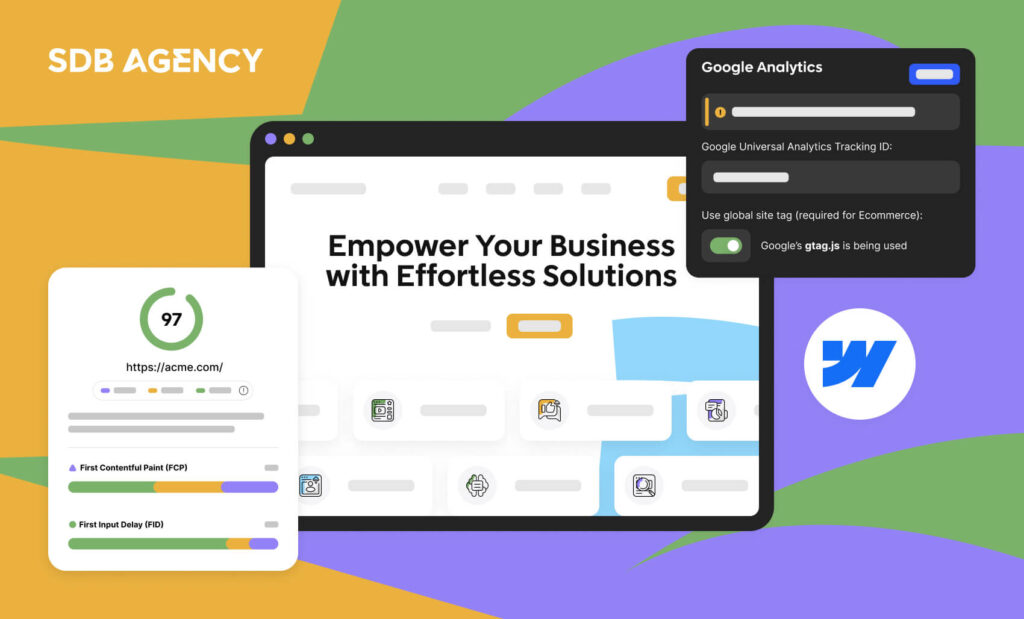Data-Driven Design: Using Analytics to Improve SaaS Websites

Key takeaways
- Data-driven analytics is the mechanism by which data from various sources is analyzed for trends and patterns.
- It involves analyzing, collecting, and interpreting user feedback to help gather insights and make more informed product decisions.
- To perform data analytics, it’s essential to first define your goals and choose the right analytics method. Then, collect data on the entire customer journey by using in-app surveys.
Data analysis has become a critical component for achieving sustainable success and staying competitive in the digital scene. SaaS companies, which deliver digital products over the cloud, heavily rely on data-driven insights to enhance customer experiences, drive strategic decisions, optimize product offerings, and streamline operational processes.
In this article, we’ll dive into why data analysis is crucial for SaaS companies and how it empowers you to thrive in today’s dynamically changing business industry.
What is data-driven analytics?
Data-driven analytics, also known as data analysis, is the mechanism by which data from various sources is analyzed to look for patterns and trends. This can help offer insights and inform business decisions.
In SaaS, data-driven analytics consists of collecting, analyzing, and interpreting user feedback and behavior data to evaluate your product’s performance. This helps gather actionable insights to help create more informed product decisions.
Why is data-driven analytics important for SaaS businesses?
In the competitive space of SaaS, utilizing data-driven analytics is no longer an option but a necessity. SaaS businesses integrate analytics into their platforms to make informed decisions, optimize the website’s responsiveness, and enhance the user experience. Here are ways to leverage data-driven analytics for your SaaS business.
Increase user retention
Incorporating data analysis in the decision-making process allows teams to increase user retention. For example, A product team can leverage user behavioral analytics to find the best route for activation.
These insights will help them design an onboarding process that allows users to experience the product value effectively and in less time. Once users discover how your products solve their problems, they’ll most likely stick around.
Improve customer experience
Data-led analytics can help you increase user retention by improving the user experience.
By looking at behavior trends such as churned users, you can find elements of the product experience that cause increased user drop-offs. For example, you may find usability issues that create friction and result in customers struggling to achieve their goals.
Once you know your customers’ pain points, you can fix them. Redesigning your interface, providing self-serve support, and triggering UI patterns may help overcome these roadblocks.
Improve data-driven decision-making
Data-driven analytics allow product managers, UI/UX designers, and customer support managers to make better product decisions.
For example, if you can’t make decisions based on empirical evidence, you must rely on your gut feelings or previous experience. Even though self-intuition is important, the consequences can be severe if it fails at a critical moment, and what has worked before may not work anymore due to the changing circumstances.
A data-driven approach lowers the risk. For example, analyzing product usage can help teams identify features that users think offer the most value.
These insights can help companies prioritize future product initiatives and reduce the risk of creating features that don’t bring any value. A data-driven culture isn’t only about building better products but also helps you make your internal processes more efficient, reducing the overheads and increasing the profit margins.
Steps to perform data analysis
If you’re convinced of investing your time and resources in building a data-driven organization, let’s look at how to conduct product data analysis.
Step 1: Define your goals
The process begins with setting your goal. There are two reasons for this: First, your goal will determine the right choice of analytics tools and techniques. Second, having goals lets you measure progress and evaluate your changes.
A good practice is to use a goal-setting framework such as SMART or OKR during this initial stage. This helps ensure your goals are clear, measurable, specific, and achievable at any time.
Step 2: Choose the right analytics method
After you’ve set the goals, pick a relevant analytics method, including:
- Descriptive analysis – Looks at historical data to understand past activities. This is usually used for reporting and summarizing performance and activities.
- Diagnostic analysis – Analyze data or content to answer why something happened with techniques such as correlations to determine patterns or anomalies.
- Predictive analysis – This method uses statistical methods and forecasting techniques to predict upcoming trends and outcomes based on historical data.
- Prescriptive analytics – This goes beyond predicting future results by suggesting the actions you should take to achieve those outcomes.
Step 3: Collecting data
Next, it’s time to collect the necessary data. The choice of data will depend on your business objectives. Here are the three most common data to collect:
Customer behavior data
This data is all about user interaction with the product across every touchpoint in the customer journey. This includes everything from their actions before signing up for the free trial or subscription.
Collecting customer behavior data begins with the awareness stage. This includes when users learn about your product from paid ads or social media campaigns. Then, once they get into your product and start showing interest, your focus pivots to tracking how they use it and how satisfied they are with it. These data can help teams understand customer needs, preferences, desires, and pain points. It’s a priceless piece of information for optimizing product funnels.
User sentiment data
User sentiment data shows how users feel about the product or brand. It refers to every aspect of their customer experience:
- How has the product satisfies their needs?
- How do they rate specific features?
- How helpful are the customer service features to them?
- How useful are the self-service resources?
The best way to collect data is via in-app surveys, as users will likely respond to a survey when they’re interacting with a product. In-app surveys also provide more valid insights, as the users’ experience is still fresh in their minds.
Product usage data
Product usage data is a type of customer behavior data that focuses on user actions within the product. It consists of the features users have been using, how they use them, how often they use the product, how much time they spend using it in every session, and how they navigate its UI.
Product usage data is crucial for product development, feature improvement, identifying a product’s most used or underused elements, and personalizing user experience. It helps your business enhance product functionality and usability and prioritize development resources effectively.
Conclusion
Data-driven analytics is crucial for product success. They eliminate any guesswork involved during the decision-making process, allow companies to reduce risk, and prioritize developing the ideal product.
With our best practices above, SaaS companies can make data-driven decisions without hiring data specialists or support from data analysts.




